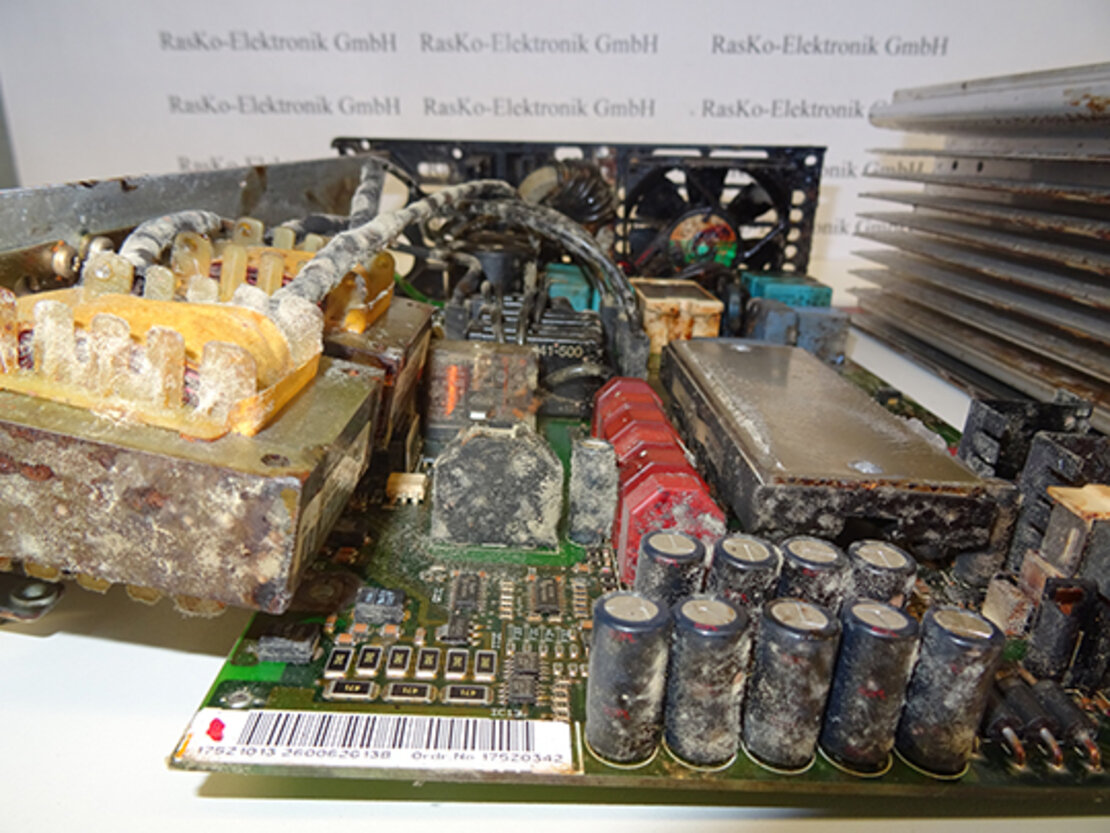Inverter technology is at the forefront of modern advancements in energy conversion, playing a pivotal role in various Frequenzumrichter Danfoss SEW Lenze Siemens reparieren lassen sectors from renewable energy to household appliances. This technology has transformed the way electricity is utilized, optimizing efficiency and enabling the seamless operation of numerous devices.
At its core, an inverter serves as a critical device that converts direct current (DC) power into alternating current (AC) power or vice versa. This conversion is essential because many electrical devices, including home appliances and industrial machinery, require AC power to function, while renewable energy sources such as solar panels and batteries generate DC power. Inverters facilitate the transition between these power forms, making them versatile and indispensable in numerous applications.
The primary function of an inverter is to regulate voltage, frequency, and waveform, ensuring a stable and consistent power supply. This control over electricity allows for the safe and efficient operation of sensitive electronic equipment. Inverters achieve this by employing a complex system of semiconductors, capacitors, and other electronic components to convert the input power into the required output specifications.The advancement of inverter technology has led to significant improvements in efficiency, reliability, and size.
Modern inverters often incorporate sophisticated control mechanisms and advanced algorithms to optimize performance and energy usage. For instance, Maximum Power Point Tracking (MPPT) algorithms in solar inverters maximize the power output from solar panels by adjusting the electrical operating point to suit varying environmental conditions.
